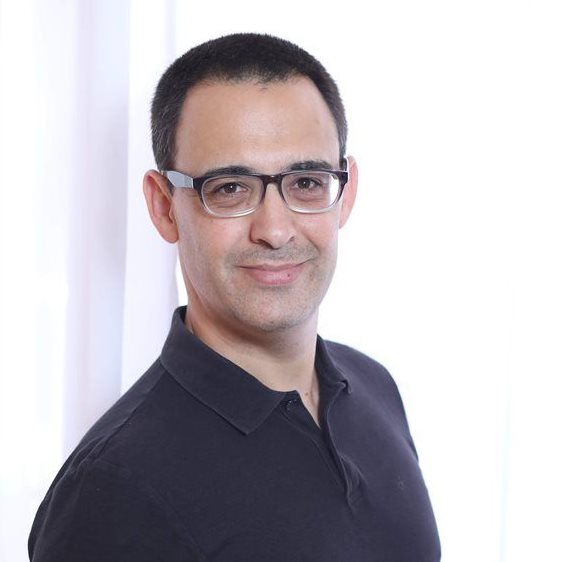
Top stories




While many medical institutions around the world are collaborating, most are still built on computing infrastructures that are not designed to support sudden, urgent and high-level computing projects. These days, only hospitals that operate their infrastructure as an elastic cloud can better respond to the needs of rapid research and reach significant breakthroughs.
Medicine 3.0: The challenge that the Covid-19 brought to the forefront
The Covid-19 epidemic (or any pandemic) erupted surprisingly around the world. While medical institutions were not able to prepare for it with timely technological infrastructure, it brought to the forefront of the new challenge that medical institutions face: promoting innovations and breakthroughs through information-based research.
Medicine has advanced to a new generation - it started from herbal remedies, continued to chemical and biological proven drugs, and is currently moving through a sharp transition to information-based medicine as a medical diagnostic tool.
Whether it is a study that includes widespread information or personalised medicine, it includes exponential amounts of information, which requires rethinking of technological infrastructure.
Take, for example, the imaging tests that are routinely performed using MRIs - every time a technological breakthrough increases the power of the devices, the resolution increases, the software's ability to detect templates increases, and the demand for computing infrastructures increases.
Now, add to that all the other imaging tools that have evolved in recent years, the images and reports that are getting better every year and collected every day about each patient and every patient, and you have received a huge volume of information, which is growing and collected every day in every medical tender.
A medical institution that wants to advance research based on the medical information it has accumulated, must understand that if it does not ensure high access to information, it will be left behind. It must be able to give biotech companies (from startups to giant companies) quick and secure access to information for the purpose of conducting an initial feasibility study for their research, of course, under the privacy restrictions and regulations.
That is, it must become a "cloud provider" of medical information, and allow access to information that was accumulated for an industry that produces innovation through machine vision, machine learning, artificial intelligence, etc.
Medical centres interested in research collaborations must take into consideration that a company that is engaged in medical research and studies of innovative therapies and imaging tools, will want access to large volumes of information.
However, slow access to this information can be devastating for it in the existing market competition. It would prefer to work with a hospital that provides a smaller volume of information, provided the access to it is fast and immediate. Quick access will shorten the time it takes to start the research itself and allow it to reach the market and patent first.
That's why companies are looking for collaborations with those hospitals that hold enough information, but more importantly, they're looking for hospitals that can collaborate at the information infrastructure level that provides quick access.
A change in access to information infrastructure is required
Anyone familiar with the procurement systems in the medical world knows that these are complicated, lengthy processes that are not suitable for cloud management.
Every procurement is a tender, every procurement is for the near term and then start from scratch. There is a discrepancy between the acquisition model of medical organisations in Israel and around the world and the requirements of a cloud infrastructure capable of supporting the required scale of innovation.
Medical research institutes that understand this and start adjusting their procurement processes can run faster in any research: starting research faster where the emphasis is on immediate start without waiting, through large calculation/analysis processes, where the emphasis is on high and immediate resource availability and the ability to grow and decrease dynamically as the research progresses.
Advantages of research collaborations for the hospital are immense - from adopting lifesaving treatments to everyone, through the ability to attract better doctors and researchers to a hospital where research is worthwhile and to access the latest technologies (Bleeding Edge).
On the other hand, a hospital - and especially a public hospital - must ask itself where the funding for these infrastructures will come from. The first option is self-financing, taking the infrastructure risk on the hospital, and it is not easy.
Another option is choosing technology partners who take the risk on them. Partners who understand the size of the requirements know how to produce flexible procurement solutions that are suitable for the 21st century and do not require the hospital to pay upfront but allow it to roll the costs over to the companies seeking access to the information.
Such "pay-as-you-go" models that have existed in the cloud world for years must form the economic basis for such collaborations to allow us to drive the next wave of medicine.
Imagine a hospital with such a cloud infrastructure beginning to explore the Covid-19, and the ability to accelerate research processes, and routinely, 365 days a year utilize this infrastructure to advance the next generation of medicine.